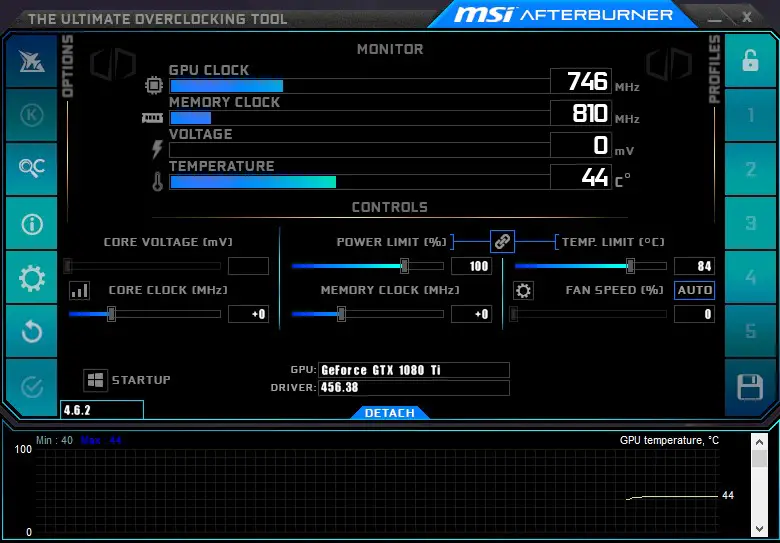


To begin, you will need to restart your computer and access your BIOS settings. How do I enable fans in BIOS?Įnabling fans in BIOS is usually a simple procedure that can be completed in a few easy steps. Your fan curve is now set and your fan should start running automatically according to the settings you have chosen. When you are finished, click the “Apply” button located at the bottom of the window. If you want your fan to run at full speed, simply click and drag the leftmost point to the maximum on the vertical axis. To do this, click and drag the points on the graph to create a custom curve. After this, you will be able to move the fan graph to your desired settings. Select this option and make sure it is checked. ” You may need to scroll down the page to find it. To adjust the fan curve, there are a few easy steps you will need to take.įirst, locate the checkbox labeled “Enable user defined software automatic fan control. This will open a slider control for manual fan speed control, as well as an interactive graphical fan curve. Once the program is open, select the ‘Fan’ tab located near the top of the screen. You can find the program in your computer’s ‘Start’ menu. To open the MSI Afterburner fan curve, begin by launching the MSI Afterburner program. How do I open the MSI Afterburner fan curve? If you’re looking for a fan control utility, you can download a third-party application like SpeedFan or Argus Monitor.īoth of these tools allow you to adjust fan speed and temperature manually. It also has a monitoring feature which can keep track of your system’s temperature, but there is no fan control. MSI Afterburner is a graphics card tweaking and overclocking utility, which is why it only allows you to adjust core voltage, frequency and fan speed as related to overclocking. This is because it is not designed to be a fan or temperature control software. Unfortunately, MSI Afterburner does not have a fan tab.


 0 kommentar(er)
0 kommentar(er)
